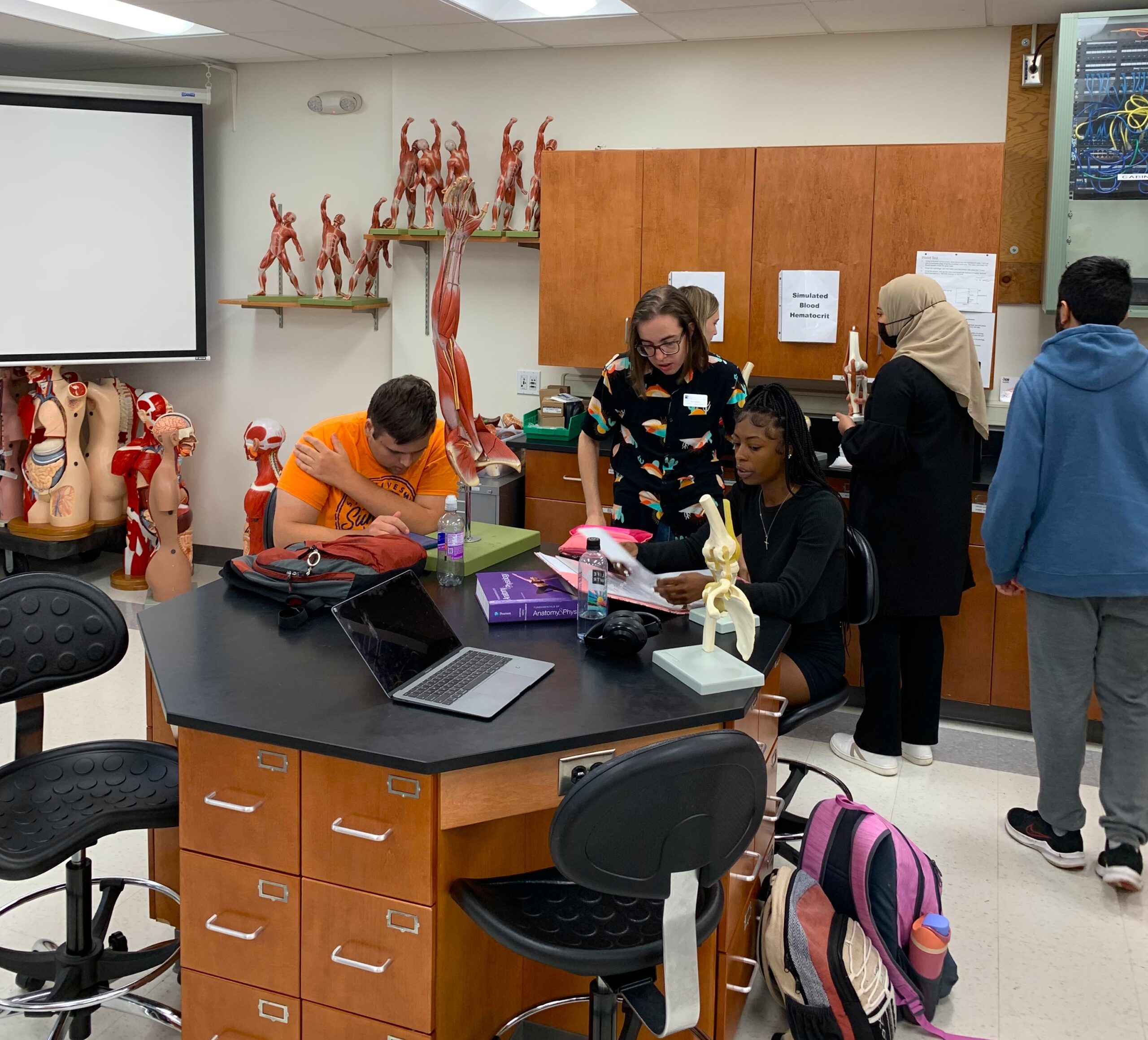STLCC Undergoes Change In Internal Governance System
By: Oliver Pulcher, Art & Life Editor
Beginning this semester St. Louis Community College, both at a local and collegiate level, will be shifting its internal governance structure from two separate governance councils into one major senate.

Starting Sept. 9, the college wide senate began their meetings for this semester at the Wildwood campus. Each semester the location of the college senate will shift, however there are also local senates for each campus. The meetings for these local senates will begin on Sept. 23.
The structure for the college system going forward, according to Dr. Andrew Langrehr, will consist of 16 faculty and 16 non-faculty members.
Dr. Langrehr, the vice chancellor for academic affairs, said that for now the positions for the Senates are being filled by appointed members, however after the first meetings in September, elections will be held to fill the positions in both the college wide and local senates.
According to Dr. Langrehr, the call for change to the governance system goes back several years. Dr. Langrehr said, “It started with a proposal right before HLC (The Higher Learning Commission) arrived at the college. This year we formed a task force, and what ultimately got approved was a plan that partially came from a task force proposal and partially from some agreed upon changes from the existing governance councils.”
According to Dr. Emily Neal, St. Louis Community College’s NEA President and Professor of Political Science for the Meramec campus, “Part of the reason that this change is occuring is that there was a governance task force established that had made a proposal for a new governance structure and only one side of the district wide councils approved the proposal. So the institutional affairs side approved it, but the faculty had a lot of questions and a lot of concerns about the new governance proposal, and so the faculty voted it down in one form. And the faculty did not vote on additional ideas for revision. So during the last college academic council meeting of the 2018-2019 academic year the Vice Chancellor of Academic Affairs announced that there was going to be a new structure since the college academic council had not passed the proposed new structure and so he said that there had to be a change and that there would be a change and that he was going to establish a group of faculty and staff to meet over the summer to consider the bylaws for what the new structure would be.”
Though there are differing thoughts on how the change came about in the college’s internal structure, some faculty and staff seem to believe that there will be a positive shift in the amount of communication present for decision making. Dr. Gail Hafer, a Professor of Economics at Meramec who worked on the bylaws council over this past summer said, “This feels to me like now, we are merging those two together, so now faculty and non-faculty will interact for conversations about decision making and we will record votes separately, so there will be a faculty vote and a non-faculty vote.”
Dennis White, the Director of Strategic Planning Initiatives and Continuous Quality Improvement for St. Louis Community College, agrees with Hafer in that he thinks the change in governance will bring about a positive change in the amount of communication between faculty and non-faculty members. White also said that the change in internal governance will help “to streamline the process. In the past it could take items months to get through the process, with the new system it’s around a 30-day turnaround on all items. It enables the college to respond more quickly to items the college has.”
According to Dr. Langrehr, there is also a positive change in the amount of communication students will have. Within the structure of the college and local senates there will also be an exofficio student position. This will mean that students will be able to speak to the senate about issues they and their fellow students are facing.
This position will not enable students to vote, however they will be able to listen to what happens in the senate and will be able to voice their opinions on behalf of the student body. For the collegewide senate this student representative will be chosen from the Wildwood campus, as this is where the college wide senate will be meeting. However, when the college wide senate shifts to another campus the student position will also shift to that campus. And for the local senates the student representative will come from their respective campus.
Dr. Langrehr said he encourages students to come to both their local and college wide senate meetings to listen in on what is happening in internal governance. Although students may not be able to voice their opinions unless they hold the representative position for whichever senate they are attending, students are always welcome to listen and speak to their representative about any concerns they may have, he said.











